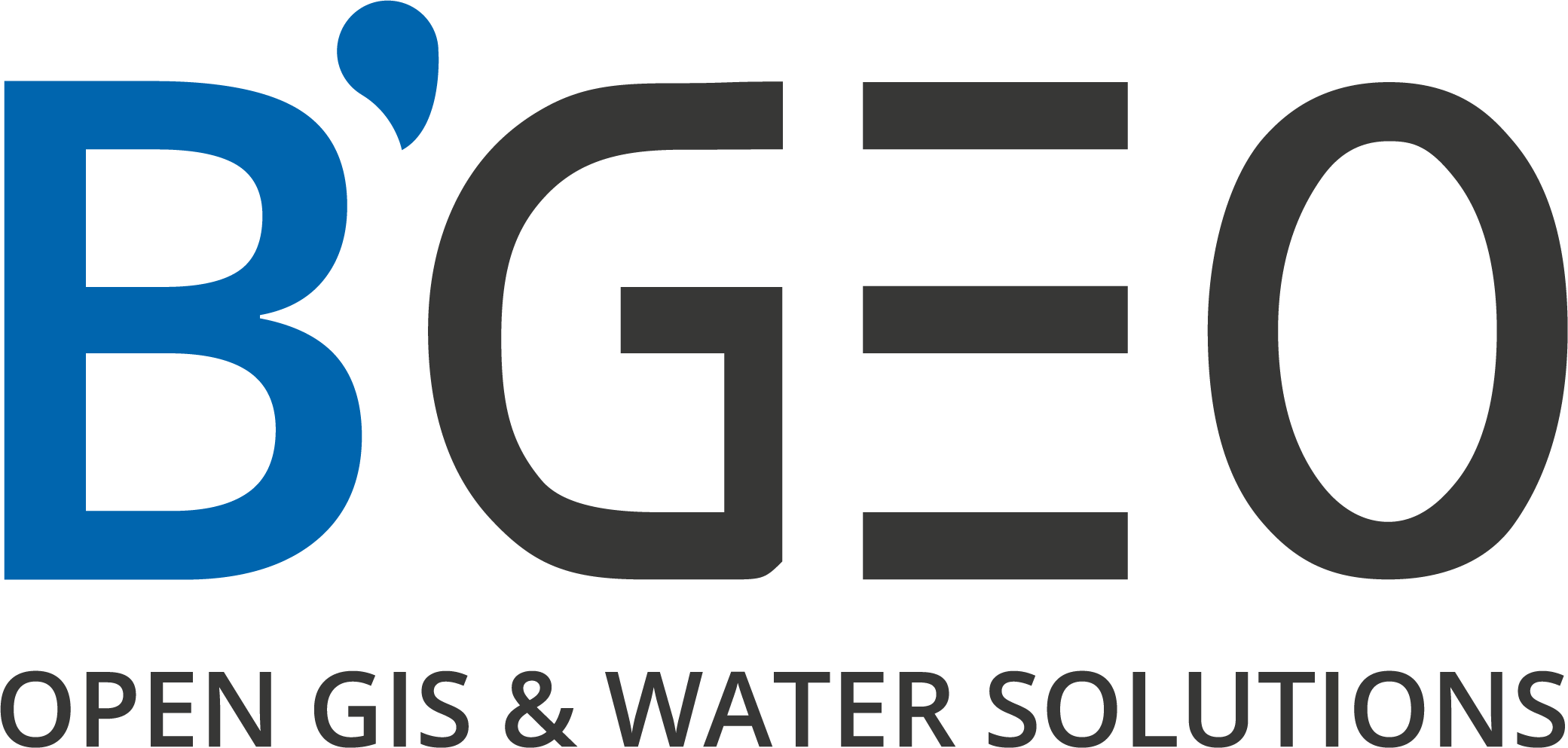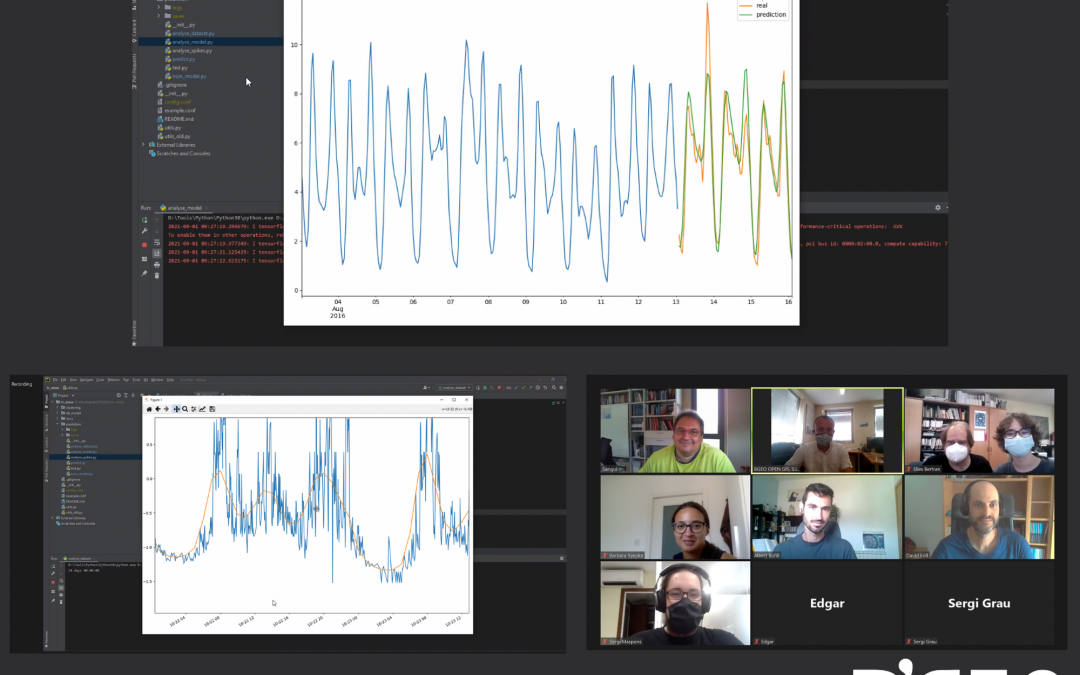Last Wednesday, September 1st, we held an internal training session on Artificial Intelligence applied to forecasting demand in a drinking water network.
Summer is always a good time to incorporate interns who bring freshness and new trends to organizations. In this sense, this year it was a pleasure to welcome, once again, Elies Bertran, a mathematics student at the UAB who, for the third consecutive summer, provided us with high-value intangibles for all team members.
He has been a real fan of Artificial Intelligence for some time now, so this year he came back with new ideas and the latest trends in recurring neural networks.
This allowed us to evolve our know-how with Tensor flow and Keras applied again to the improvement of processes in supply networks. If in previous years we had created and evolved a neural network to work with breakage events in tubes, in order to determine the return period or breakage frequency so that we could have a network replacement planning tool, this year we changed the focus and we chose to study the behavior of time series and assess their predictability.
A supply infrastructure is subject to demands that depend, on the one hand, on repeating cycles and, on the other hand, on discrete events conditioned by human activity. In this sense, if we are able to know the standards and have sufficiently structured and harmonized information, will we be able to predict the consumption of the network a couple or three days in advance?
Given the question asked, and with the collaboration of the operator Aigües de Manresa, we set to work intensively, studying numerous data sets, analyzing them and trying to assess how they behaved, mainly with a focus on sectorial flow meters.
Once the work is finished, it is a pleasure to say that we are very satisfied with the achievements obtained, as the results have been expressive. There is still a long way to go, but we have launched the theoretical foundations, as well as a robust and scalable software architecture that in the short term will allow us to anticipate values in sectorial flow meters, simply from their previous time series, relying at least on two previous annual cycles.
This makes us very excited, as it opens us the door to apply this type of forecast to hydraulic network models such as EPANET, which takes the knowledge acquired by our team in hydraulic models in recent years to another level.
Firstly, we must have a well-calibrated network model with a high resolution, that is, splitting sections by connections as Giswater does. However, it is only necessary to impose some demand conditions preceded by the AI tool, and the result will be to have information from the network and to be able to anticipate possible critical events in our infrastructure before they occur.
There is no doubt that this functionality is highly desired by all those who operate supply networks, and it will be a reality for operators using Giswater as a corporate tool in the short term.
All of this led us to carry out this internal training given by Elies himself, who effusively transmitted to us the enormous know-how acquired this summer.
On behalf of the BGEO team, we can only thank Aigües de Manresa for their collaboration and Elies Bertran for his dedication and congratulate him for the work done.

